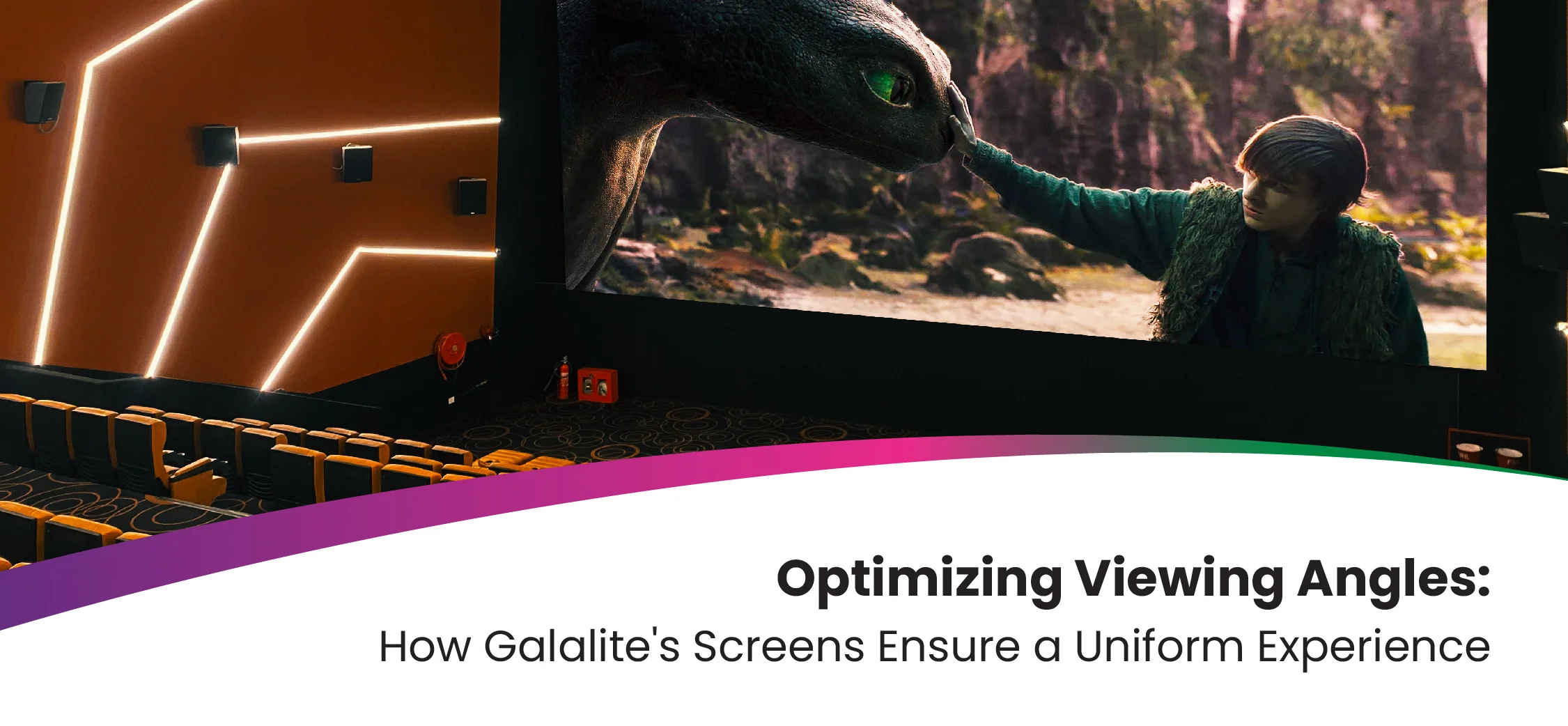
When it comes to showcasing content aspect ratios matter a huge deal. Whether the content is being streamed online or projected on the screen, the incorrect aspect ratio will ruin not only the moviegoer’s experience but also the filmmaker’s hard work. So what is an aspect ratio?
An aspect ratio refers to the width and height of a screen or image. It usually consists of two numbers separated by a colon, the first number denoting the image’s width and the second its height. For example, an aspect ratio of 1.85:1 means the image’s width is 1.85 times the size of its height.
While in many different aspect ratios have been around throughout the history of film and television, these days, four ratios are common. There are however a few classic ratios that are now making a comeback. Let’s take a look at a few of them
- 4:3 or 1.33:1- One of the oldest aspect ratios in use, 4:3 was the most common aspect ratio in use till the introduction of widescreen TVs. It is only used when a filmmaker wishes to mimic the style of filmmaking from those days.
- 16:9- This is the most common aspect ratio in use these days. It is also the standard size for high definition widescreen televisions and most computer monitors. Most of us watch films on 16:9 screens unless it is in a theatre.
- 1.85:1- This is the other standard aspect ratio used in modern cinema. 1.85:1 is the norm as the common widescreen format and though it may be similar in size to 16:9, it is slightly wider. This means that content that is shot in 1.85:1 and displayed on widescreen televisions and computer monitors will end up with thin black bars on the top and bottom of the screen.
- 2.39:1- Also known as anamorphic widescreen format, this is the widest aspect ratio common in modern cinema. The 2.39:1 ratio is primarily used by filmmakers opting for wide scenic landscape shots or premium dramatic features.
- 2.76:1 (70mm)- While it was prominently used in the late 1950s and fell out of use, these days with the emergence of giant IMAX screens, many filmmakers like Christopher Nolan and Quentin Tarantino are bringing back this gigantic ratio.
- 1.37:1 (Academy ratio) – A little wider than the common 4:3 ratio, the Academy Ratio was the standard ratio in 1932 when talking pictures became common. It is still used occasionally.
- 2.59:1 to 2.65:1 (Cinerama)- As TV gained importance, filmmakers resorted to this super widescreen format to lure moviegoers back to the theatre. This effect is generated with three standard 35mm film cameras that simultaneously project a film onto a curved screen.
- 2.35:1 to 2.66:1 (Cinemascope)- Another super widescreen format Cinemascope was different as it required only one projector as opposed to the three needed for Cinerama.
What causes letterboxing and pillarboxing?
As we mentioned earlier, content shot in 1:1.85 will show up with black bands on top and below when played on a widescreen device. This is called letterboxing and together with pillarboxing, is a method of preserving a film’s aspect ratio when it is played on a screen with a different ratio. While letterboxing appears when the content has a wider aspect ratio than the display, pillarboxing occurs when the content has a taller aspect ratio than the display and appears as black bands on the sides of the screen.
Aspect ratios play a huge role in how films are perceived by the audience. The right aspect ratio is key to setting the mood for the film. However, the result will be wasted if the screen the film is being projected on isn’t great. This is why no matter the aspect ratio, you should always opt for a Galalite Screen to truly make the filmmaker’s vision come true.
Happy viewing!
FAQ’s
What is an aspect ratio?
An aspect ratio is the proportional relationship between a screen’s width and height, affecting how movies are displayed.
Why do different aspect ratios exist?
Different ratios are used to enhance storytelling, optimize viewing experiences, and fit various screens.
What are the most common cinema aspect ratios?
Common aspect ratios include 4:3 (standard), 16:9 (widescreen), and 2.39:1 (cinematic).
How does aspect ratio impact movie viewing?
It affects framing, composition, and how much of a scene is visible on different screens.
Which aspect ratio is best for home theaters?
A 16:9 ratio is ideal for most TVs, while 2.39:1 works well for a cinematic experience.
Related articles



